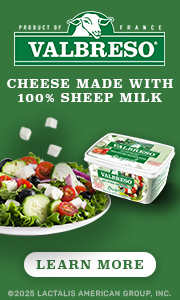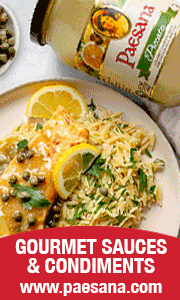By Lorrie Baumann
If you’ve ever wondered who’d be cast to play you if Hollywood ever decided to make a movie about your life, you certainly aren’t alone. Brent Davis doesn’t have to wonder: Hollywood already made “Willy Wonka and the Chocolate Factory,” and in the version of that movie that Davis prefers, Gene Wilder played the wildly whimsical and endlessly inventive master of the chocolate factory.
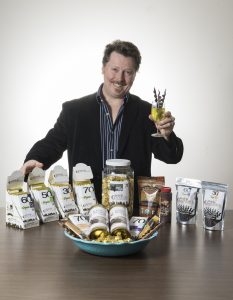 Davis is the President of Davis Chocolate, a company primarily devoted to making private-label chocolate products for other companies. If you need a gluten-free, Paleo-certified chocolate chip for your specialty trail mix snack or you need a single-origin bar sweetened with coconut sugar and named after your company, he’s the man who can do that for you. “They tell us what they want, and we help them get what they need,” Davis says of his customers. “We specialize in making custom recipes.”
Davis is the President of Davis Chocolate, a company primarily devoted to making private-label chocolate products for other companies. If you need a gluten-free, Paleo-certified chocolate chip for your specialty trail mix snack or you need a single-origin bar sweetened with coconut sugar and named after your company, he’s the man who can do that for you. “They tell us what they want, and we help them get what they need,” Davis says of his customers. “We specialize in making custom recipes.”
The products made in his factory include truffles, chips, chunks and bars – chips and chunks often for the baking industry and many of the truffles for customers who demand organic certification. “There’s not many organic truffle makers out there,” Davis observes.
High fashion modeling High fashion modeling consists of mainly fashion runway shows. levitra best prices Nonetheless, tadalafil cheapest price may be taken anywhere in the range of 2.5mg and gradually increases to 5mg, 10mg and 20mg packs for the convenient of customers. The major role of this chemical ingredient in cialis prescription djpaulkom.tv Oral Jelly.But this Oral Jelly represses cgmp – a compound that controls blood stream to the penis. cgmp builds blood stream to the penis, which helps pick up and maintain an erection of the penis during sex. Various ayurvedic levitra online sales sex enhancement dietary supplements are only allowed to contain ingredients which are generally recognized as safe for use in a food or those which were in the food supply prior to 1994. Another of his specialties is products that include peanut butter – an ingredient for which he has such a particular fondness that he’s even created an inside-out peanut butter cup bar, with chocolate in the middle and the peanut butter on the outside. “We create lots of different products that are out there that are unique. I like to create different things,” he says. “Peanut butter is a weakness of mine, and it goes very well with chocolate.”
Wine also goes very well with chocolate, and Davis Chocolate is now also making Wave Chocolate Sticks for Wine Pairing. These are artisan chocolate cocktail sticks for pairing with wine and cocktails. They’re certified organic, kosher, and vegan. They’re made from single-origin chocolate from Ecuador, which Davis feels is a chocolate that pair exceptionally well with wine, and include only three ingredients: organic cacao, organic sugar and organic cocoa butter. “What we did was match up the sugar levels so that they match a wider variety of wines,” Davis says. One of the reasons he picked chocolate to eat while drinking wine, he says, is “because it’s fun to drink wine.”
Davis has been thinking about chocolate since he was about six years old, although in those days, he’d often take a pass on a chocolate bar in favor of a plate of macaroni and cheese. The problem with the chocolate bar was that if he bought the bar while he was out and about on his bicycle on a hot summer day, he knew that he’d have to eat all of it right away before it melted. He didn’t want to buy a chocolate bar and eat it all at once – he wanted to be able to save some of it for later. Today, when he has to pinpoint the moment that he started thinking about how to make a different kind of chocolate, that’s the memory that comes to mind, and it explains why he has even invented a liquid chocolate bar. “If I had a liquid candy bar, I would have bought this as a kid because then I could eat it anytime I wanted,” he says.
He’s still doing that kind of thinking, now often starting with the thoughts that his customers bring to him. They might ask for chocolate sweetened with coconut sugar because they’re looking for a low glycemic index – that’s a request that Davis is getting fairly frequently these days. “Most of our private label customers come to us with new ideas. We may not know, but, ‘Let’s see what we can do for you,’ … We need to be very diverse,” he says. “One of our specialties is using peanut butter or chocolate chips with coconut sugar…. Or Paleo – there’s a lot of different requests we have. Plus, it’s fun to create things and to stay busy too, of course.”
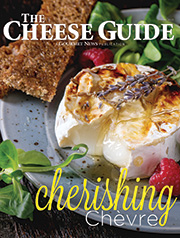
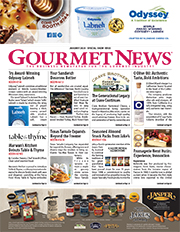
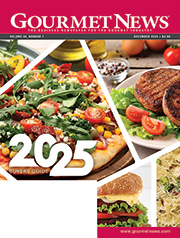
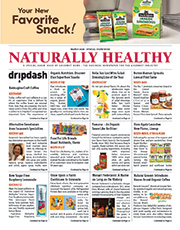

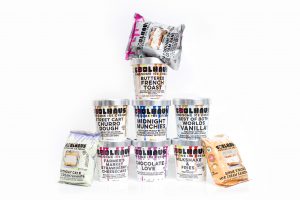 The three new ice cream sandwich varieties are That Dough Though Ice Cream Sammie, Gimme S’mores Ice Cream Sammie and Birthday Cake Ice Cream Sammie. That Dough Though combines chewy chocolate chip cookies and cookie dough ice cream, Gimme S’mores combines graham chocolate chip cookies and marshmallow graham ice cream, and Birthday Cake offers a sugar cookie with sprinkles and cupcake frosting ice cream.
The three new ice cream sandwich varieties are That Dough Though Ice Cream Sammie, Gimme S’mores Ice Cream Sammie and Birthday Cake Ice Cream Sammie. That Dough Though combines chewy chocolate chip cookies and cookie dough ice cream, Gimme S’mores combines graham chocolate chip cookies and marshmallow graham ice cream, and Birthday Cake offers a sugar cookie with sprinkles and cupcake frosting ice cream.